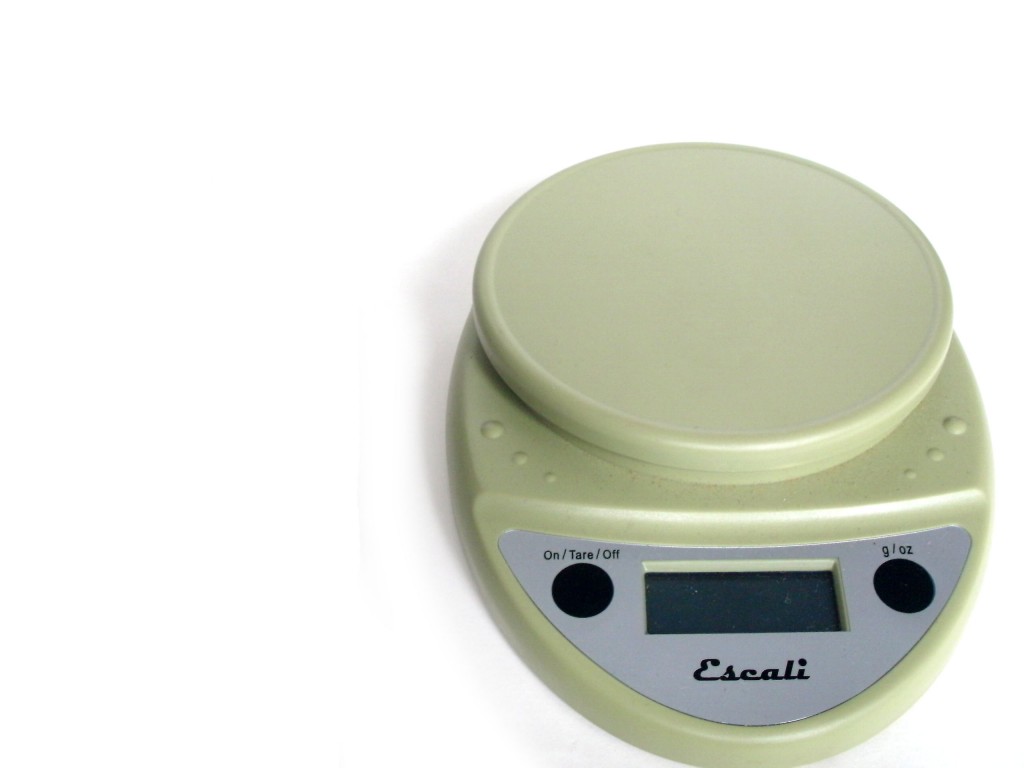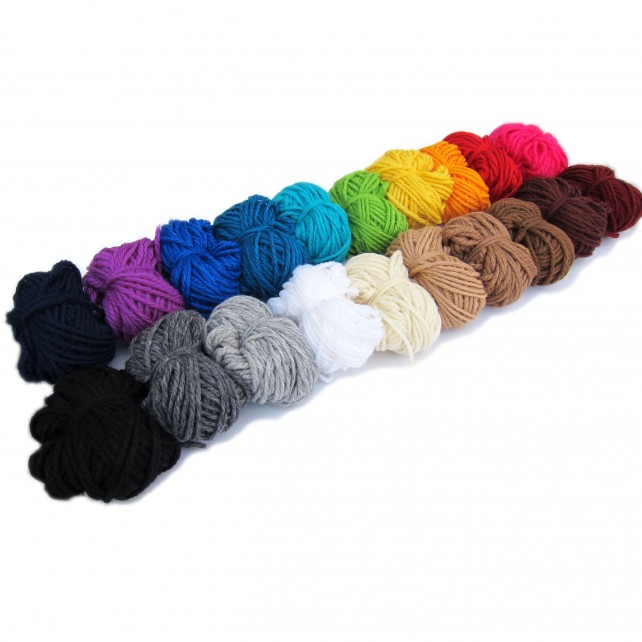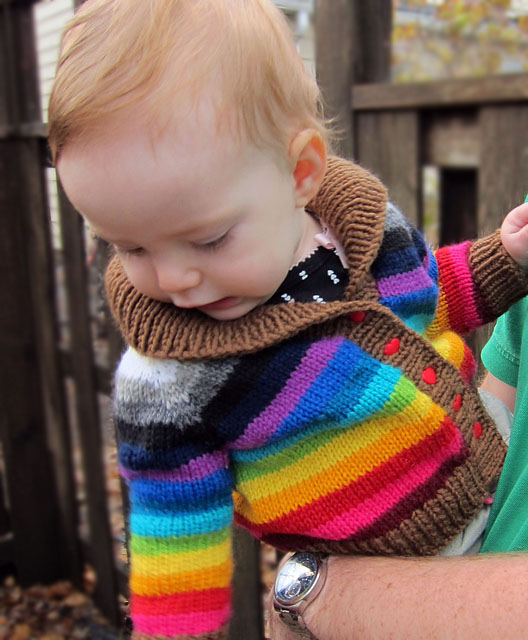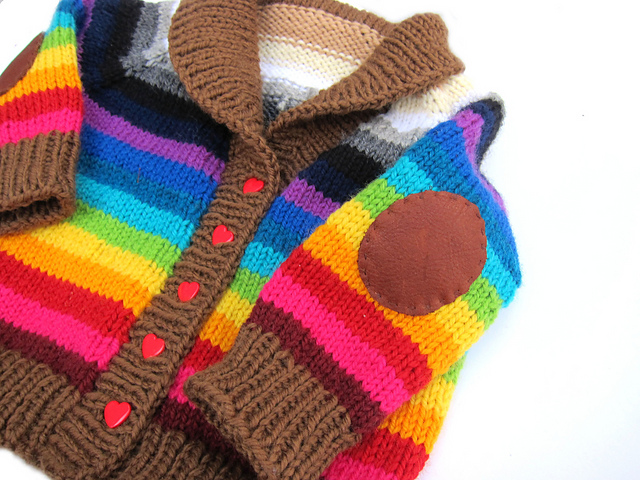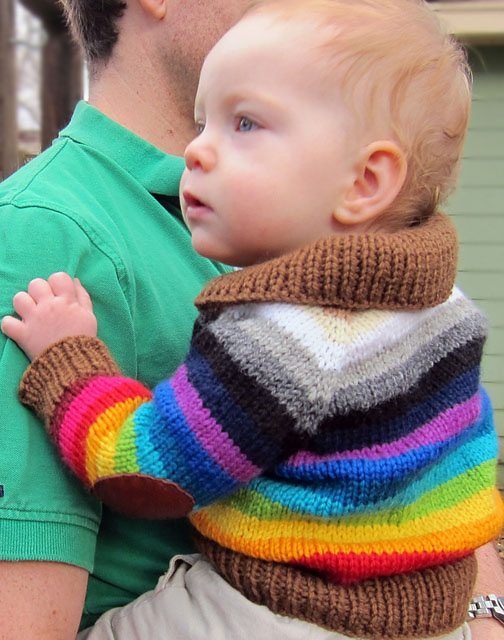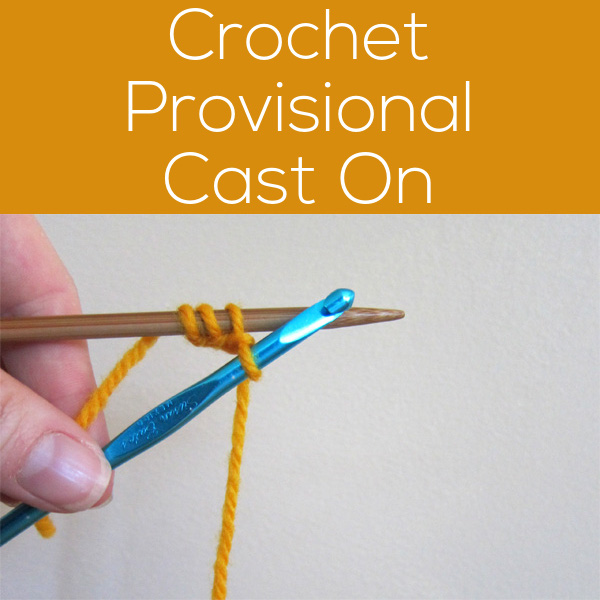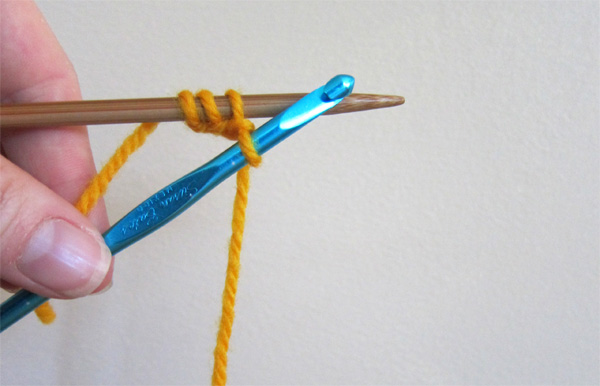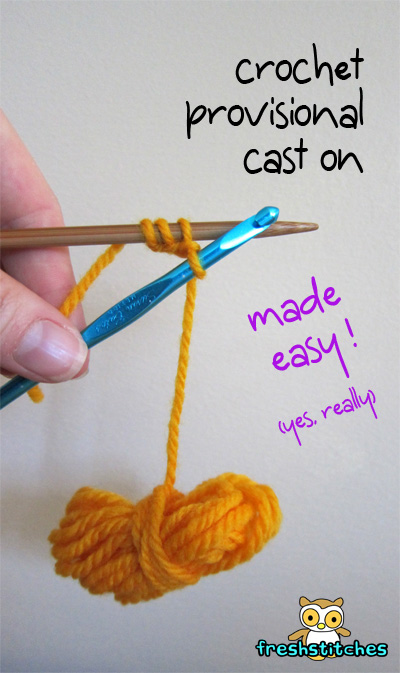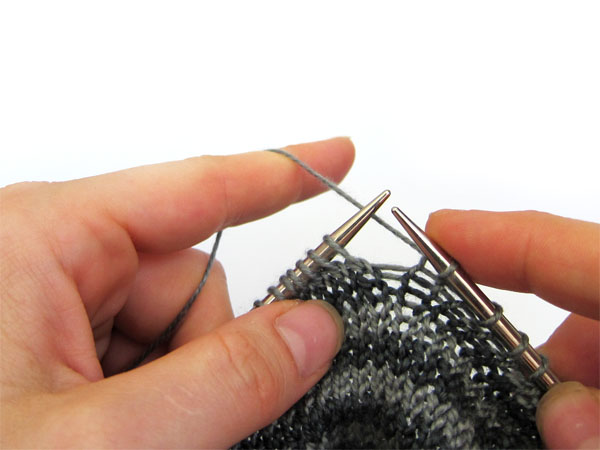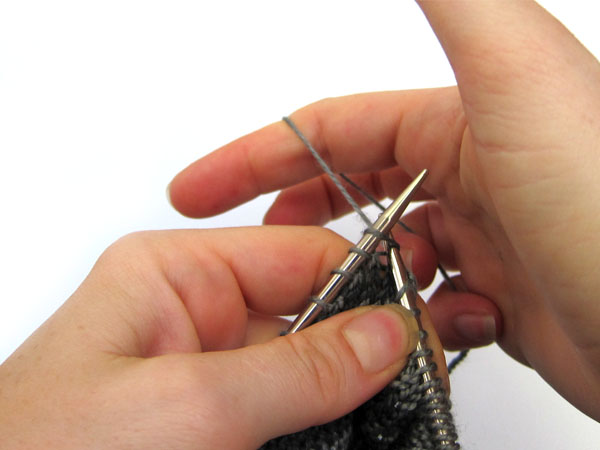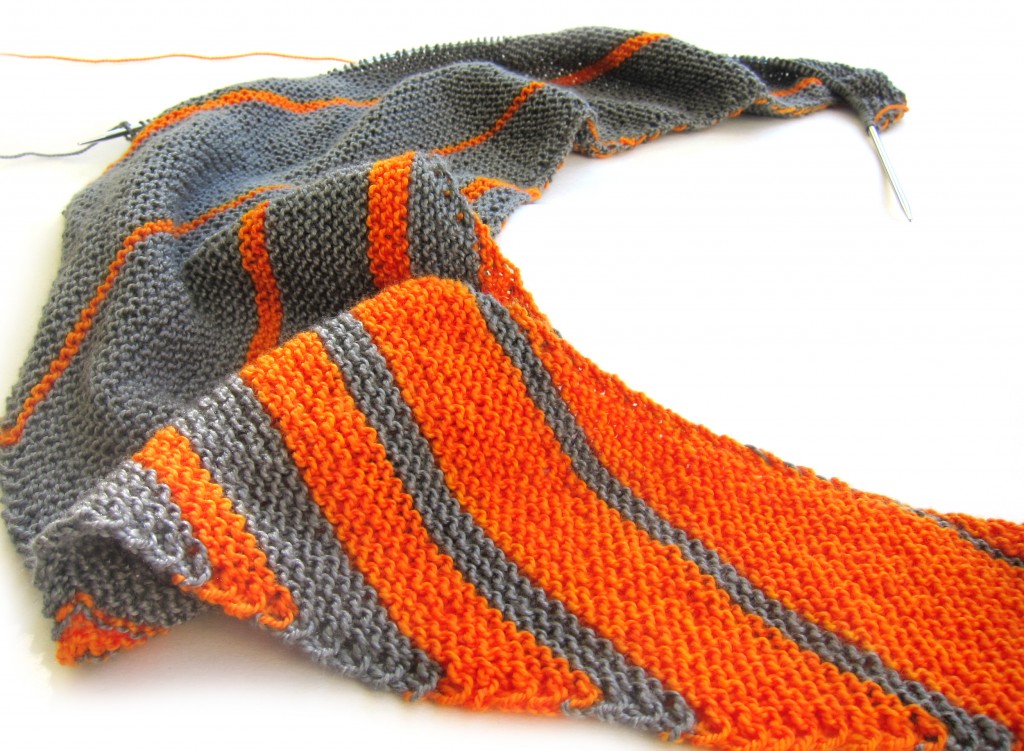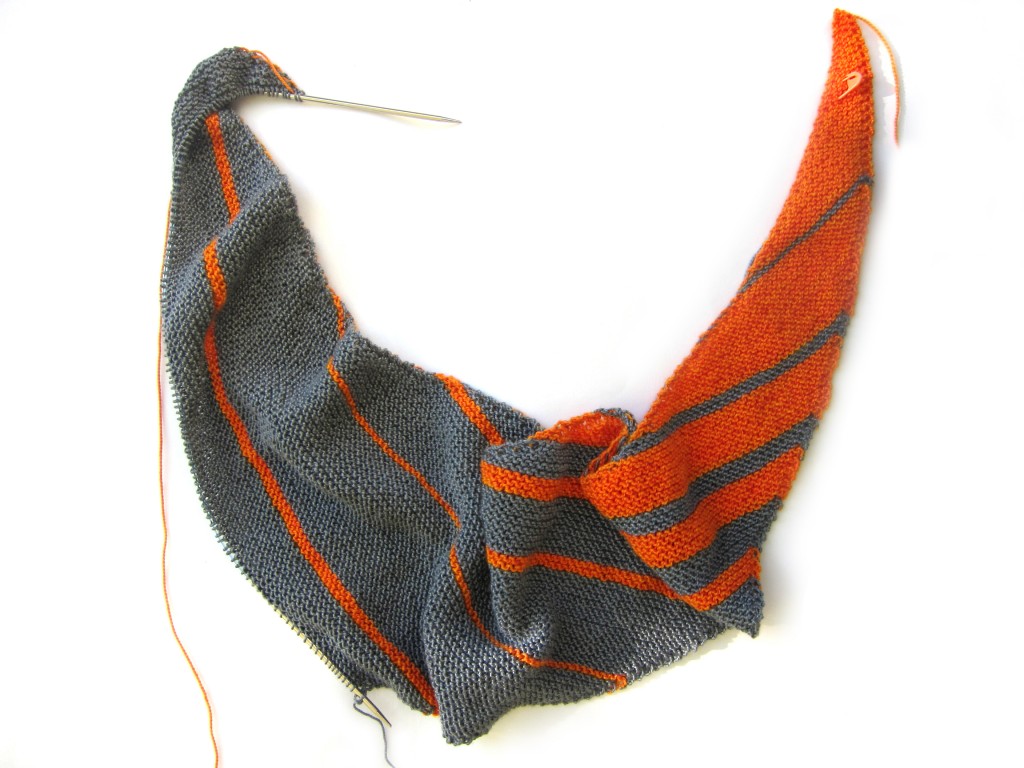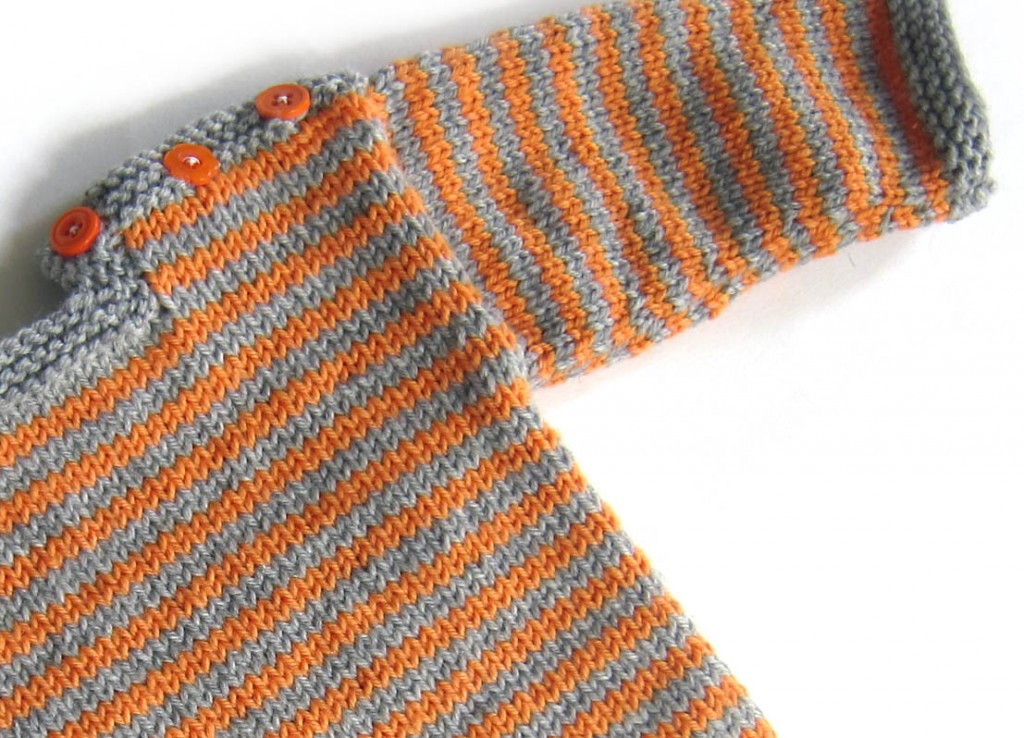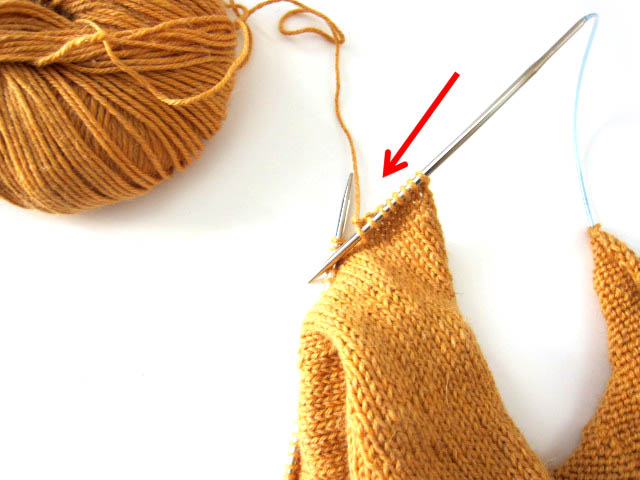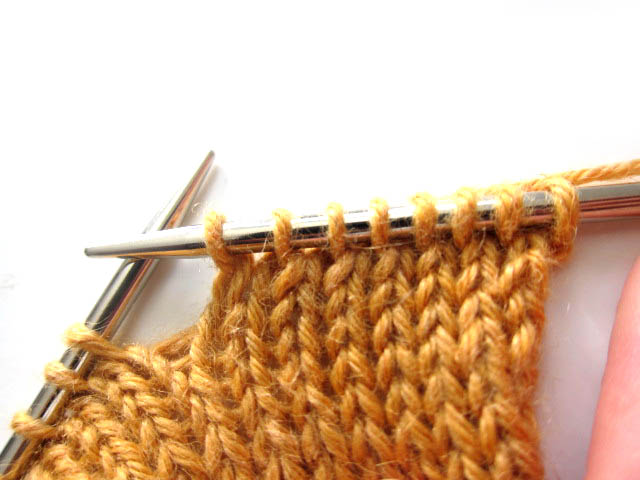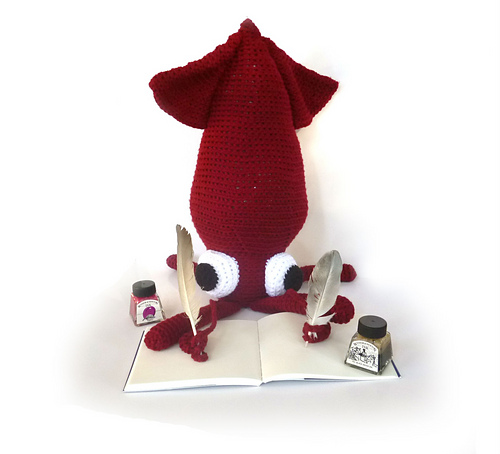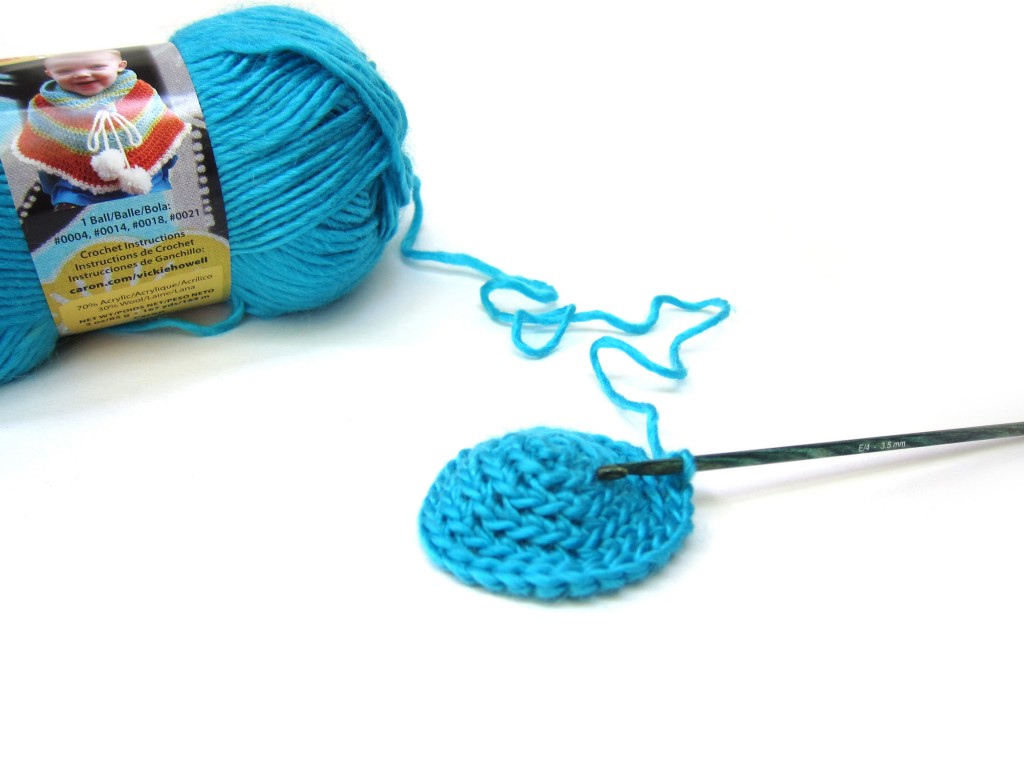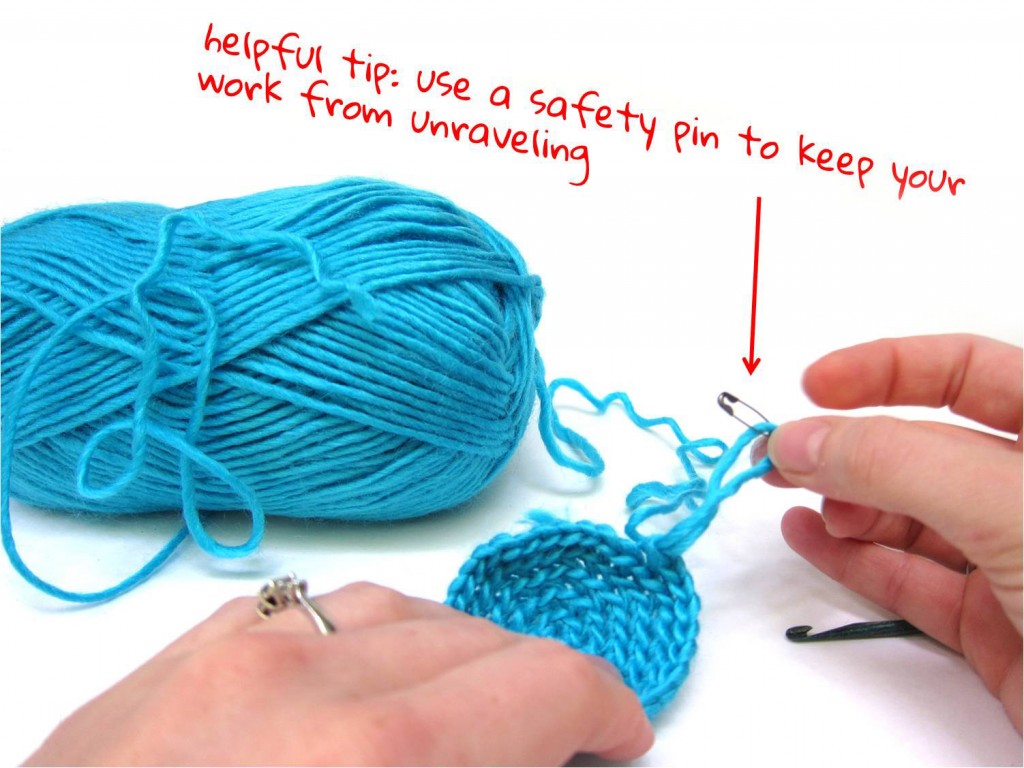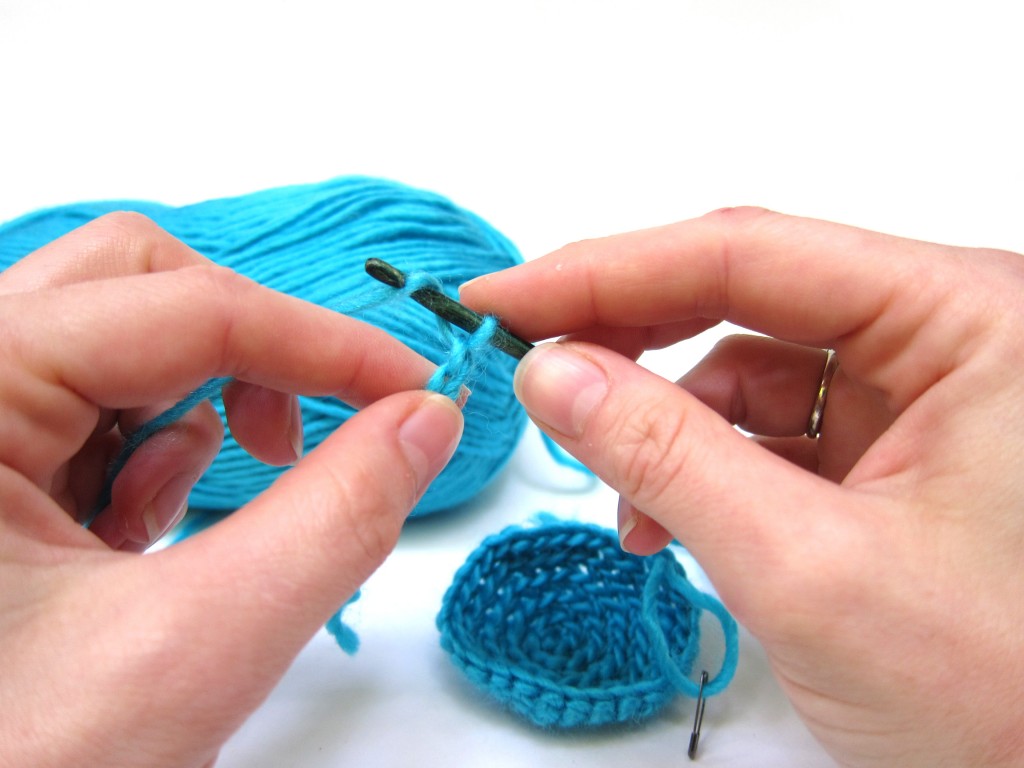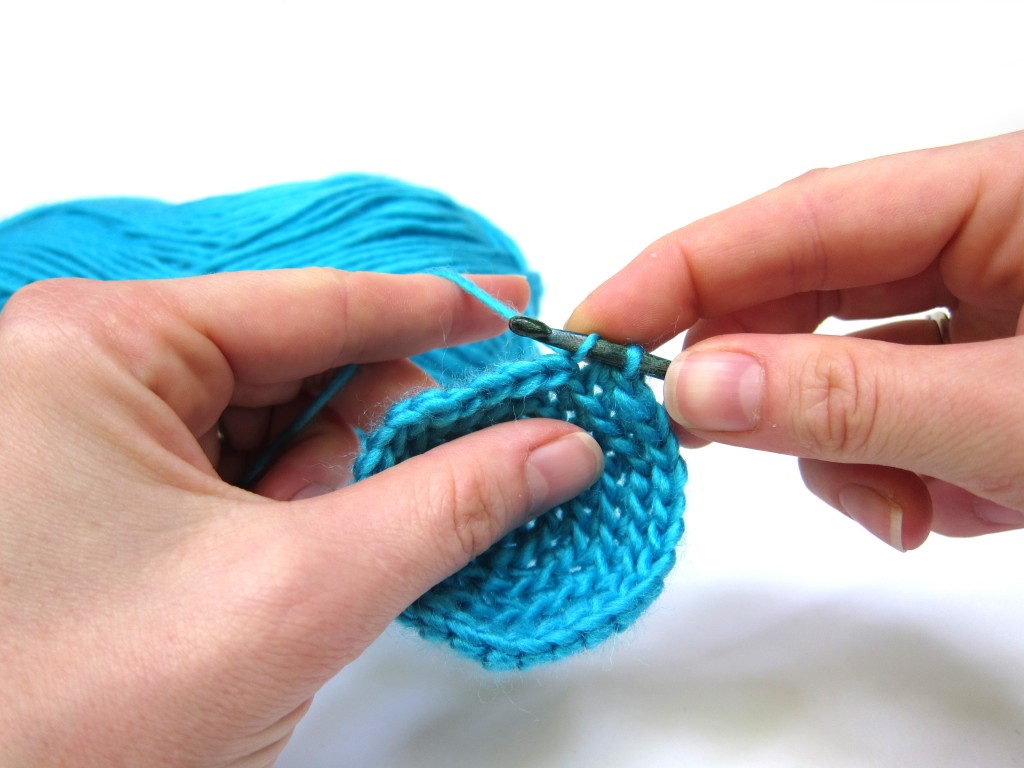We’ve all done this, right? You have a ball (or partial ball) of yarn, and you want to know how much you can knit/crochet until you run out. How do you calculate this?
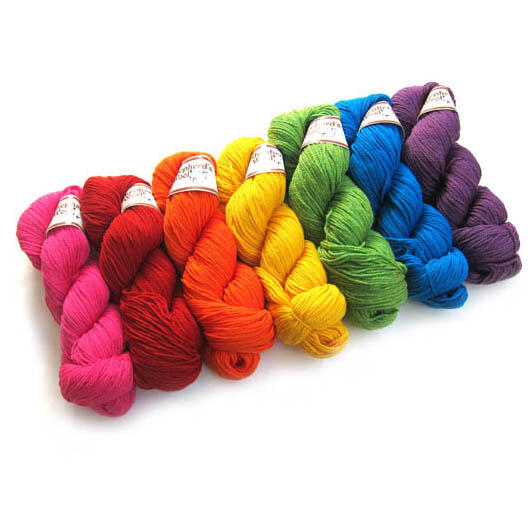 I’ll show you!
I’ll show you!
How to calculate how many stitches you can get from your yarn
I’m detailing each of these steps, below!
- Calculate how many yards of yarn you have
- Calculate how many stitches you get per yard (using your gauge)
- Calculate how many stitches you can get from your yardage!
How to calculate how much yardage you have
If you have full skeins of yarn, this step is easy. Just read the label.
But, if you have partial skeins, you’ll need to do some calculating. The best way to do this calculation is by using weight. Read this blog post for step-by-step instructions!
You’ll need a digital scale and a calculator!
How to calculate how many stitches you get per yard
You’ll need to do a little gauge swatch! This technique works for either knit or crochet. Read this great blog post on how to measure yarn.

This blog post has some typical measurements for crochet.
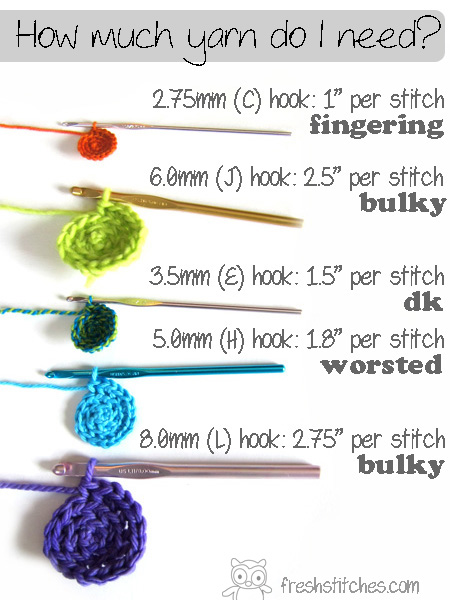
Calculate how many stitches you can get from your yardage!
Let’s put it all together now!
To begin, multiply your yardage by 36 to get the length in inches.
So, if I have 110 yards, that’s 3960 inches.
Divide this number by your inch/stitch measurement (that you got in step 2), which for single crochet with a worsted weight is 1.8″.
3960/1.8 is 2200 single crochets!

That’s your number! A good pattern will contain stitch counts at the end of each row, so you can add them up and determine how many extra rows you can sneak into a cowl, or whether you’ll need so skip some rows of sleeve length to get your sweater to work!
Best,
Stacey





